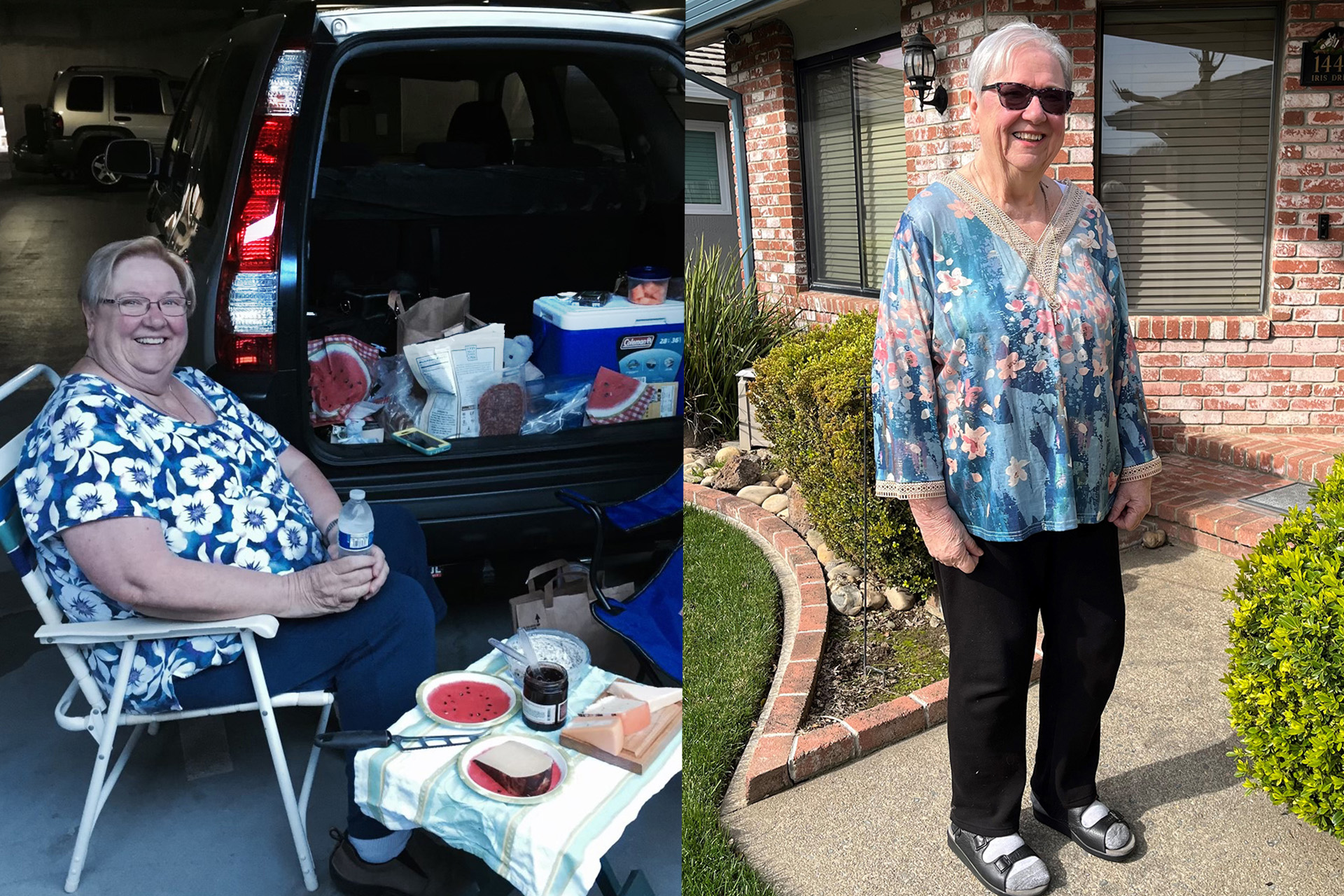Kaiser Permanente emergency departments in Northern California are dispensing a free overdose-reversing nasal spray called Narcan, along with an in-person primer on how to use it.
The Narcan distribution program is part of an Emergency Department strategy to combat opioid overdose deaths and connect patients to treatment for substance use disorders, said John Ludlow, MD, physician lead for the Emergency Department Substance Use Disorder Program in Northern California.
“We give it free directly to patients and their family members, and we teach them how to use it, no questions asked,” he said.
Dial 911
Narcan is a trade name for naloxone, which is sprayed in the nose of someone experiencing an opioid overdose. The drug works almost immediately, but its effects last only about 30 minutes to an hour, which is why it is important to dial 911 as soon as possible to get an overdosing person to an emergency room in case further treatment is needed.
“If they have taken a potent dose of fentanyl, heroin, or other prescription opioids, they might need multiple doses of Narcan or other treatments, so we recommend getting the person to the emergency room right away,” said Dr. Ludlow.
When someone requests Narcan from a Kaiser Permanente Emergency Department, the person also is taught how to recognize an overdose.
“A decrease in respirations, an altered level of consciousness — from sleepy to comatose — and pinpoint pupils, all of those point to an overdose,” said Dr. Ludlow.
Giving out free overdose-reversal nose spray without judgment is part of an effort to save lives by changing how people view substance use disorders, said Tracy Broce, RN, Kaiser Permanente Regional Emergency Department Director.
“It’s really an effort at changing the culture to reduce stigma and create a welcoming environment in our Emergency Departments,” said Broce. “We’ve posted signs in our facilities telling people it is available. Any patient, visitor, or family member can ask for it.”
Kaiser Permanente receives Narcan from the state of California’s Naloxone Distribution Program free of charge. Since the program began in 2018, the state has distributed more than 2.6 million doses to a variety of organizations such as police, fire, local and state governments, schools, substance abuse treatment facilities, homeless shelters, and hospitals, which it says have been used to reverse 186,000 overdoses.
Thousands of doses distributed
Kaiser Permanente has so far distributed 3,500 doses from 20 medical centers in Northern California since it started receiving shipments from the state about a year ago, said Broce. (The KP South San Francisco Emergency Department will begin distributing Narcan on Oct. 1.)
In 2022, about 72,000 people died nationwide from synthetic opioid overdoses, including fentanyl, according to the Drug Enforcement Administration. Kaiser Permanente emergency departments in Northern California see the most visits due to opioid-related problems in Sacramento, followed by South Sacramento, Richmond, Roseville, and San Leandro, said Dr. Ludlow.
“We’ve been distributing Narcan for a little over a year, and we’ve heard numerous stories about lives saved because a family member or friend was able to administer it to someone overdosing,” said Broce.
Dr. Ludlow said where he works as an Emergency Department physician in Modesto, a young man in his 20s was brought by ambulance during an overdose, treated and released. During the visit his mother requested Narcan. Later that same day after going home, the young man overdosed again, his mother administered the Narcan and got him back to the hospital.
“The mother used it and saved him,” said Dr. Ludlow. “He probably would have died without it. And I heard after the second overdose in one day, he got into treatment.”
Broce said she is energized by Kaiser Permanente Emergency Department leaders who have taken the time to implement the Narcan distribution program.
“They’ve done the work to complete these detailed applications with the state in a busy environment where there are so many other competing priorities,” said Broce. “And they’re taking the time to give people the Narcan and talk them through how to use it. That’s inspiring.”




This Post Has One Comment
What a terrific program! I am so happy to hear Kaiser Permanente’s Emergency Departments are providing take-home naloxone to members/patients who had an overdose. Another great example of Kaiser Permanente protecting their members and patients!